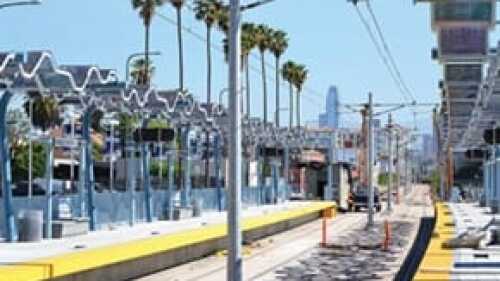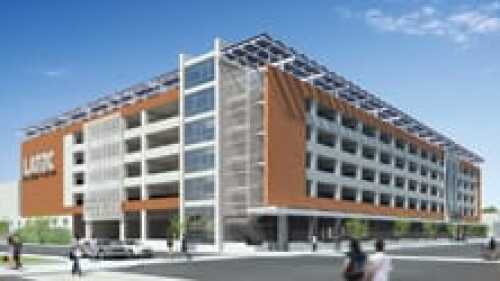Public Spaces
Recently, the American Planning Association released its annual list of “Great Places in America”—including ten great streets in big cities like Washington, D.C., and small towns like Galena, Illinois.
Veteran British journalist Doug Saunders, in his thought-provoking, painstakingly researched, and gripping book Arrival City, examines the receptor communities for those fleeing the crushing subsistence of a farm economy, which are stereotyped as dead-end zones with no prospect of change or upward mobility. Read a review of the book, and find out why Saunders believes this view of such places is wrong.
In his book The Agile City, James S. Russell presents quiet solutions to help heal the environment, as well as offers serious measures on a larger scale that will help people meet the climate change challenge, and prosper as well. Read a review of the book, and learn what Russell believes people will have to change about their buildings, communities, and thinking in order to become agile in the face of climate change.
In their book Sustainism Is the New Modernism: A Cultural Manifesto for the Sustainist Era, authors Michiel Schwarz and Joost Elffers seek to present a manifesto for the current, ever-evolving era of “a change in cultural perspective, a new mindset, a worldwide remaking. . . . Moving beyond ideas of modernism and postmodernism, this shared outlook promises a networked, globalized, sustainable future.” Find out in this review whether they succeed.
Los Angeles transportation advocates want 30 years of infrastructure investment to be accelerated to take place in the next decade. The question is to what extent current leadership will embrace this vision. If it takes hold, could L.A’s example help other U.S. cities bolster infrastructure investment, generate jobs, and ultimately set the stage for a new phase of more environmentally conscious urbanization?
Real estate entrepreneurs and development companies have had to adjust to demographic changes and economic constraints in California. At the same time, the state’s real estate sector is adapting to new market realities. With an economy that seems to be on the mend, read what factor is bringing good news to the housing market and leading people to think about expanding their businesses.
Four developments selected as winners in the ULI Awards for Excellence: Asia Pacific competition show a commitment to high-quality civic spaces, engagement and integration with the natural environment, and strong public/private cooperation, setting creative examples for development in dense urban environments. Read how one of the winners reimagined a water reservoir decommissioned in 1899.
One of the top U.S. priorities is the need to address infrastructure challenges. Decades of underfunding and limited investment have rendered diverse systems of transportation, energy, water, logistics, and communication inadequate for sustaining economic growth and serving an expanding population. Read about new financing strategies required to attract infrastructure investment now and in the future.
Speaking about the 2011 ULI Amanda Burden Urban Open Space Award winner, Mayor Francis Slay said, “Citygarden is the most significant development to take place in St. Louis since the competition of the Gateway Arch nearly 50 years ago.” Read how the 2.9-acre amenity—which is part municipal park, part sculpture garden—has had a positive effect on the surrounding real estate market and businesses.
BAR Architects of San Francisco, Architecture for Humanity, and Haiti Partners are collaborating to design and build a 450-student school for children in pre-kindergarten through 13th grade on a three-acre site in the hills outside Port-au-Prince, Haiti. Read about the design elements included to make the isolated project entirely off the grid and self-sustaining.









